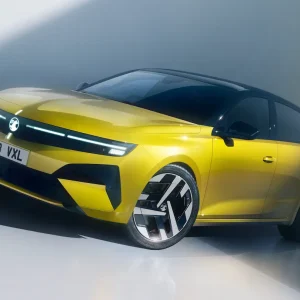The BVRLA is warning companies to take care with their fleet policies over the next few months because of the confusing switchover between CO2 emissions figures.
On 6 April the BIK tax bands are changing to new rates and to using WLTP figures instead of NEDC figures.
WLTP and NEDC refer to the lab test cycles used to obtain the CO2 emissions. WLTP was introduced as a more accurate way of measuring the emissions. Consequently, WLTP emissions tend to be higher than NEDC figures, leading car manufacturers to be sluggish in publishing the less favourable WLTP figures. Manufacturers already have to quote fuel consumption in WLTP figures.
As average lead times for cars are 9-12 weeks from ordering, this is making it difficult for the leasing sector to provide accurate quotes and for the fleet sector in general to plan ahead properly.
BVRLA chief executive Gerry Keaney said: “The introduction of WLTP-based motoring taxes is adding yet another layer of complexity and confusion to a fleet sector that is already having to cope with a deluge of new automotive technology and local authority air quality measures.
“The BVRLA and its members are working with OEMs and third-party data providers to bridge this gap, but in the meantime, we would recommend customers consult with their lease providers to assess the impact on their fleet policies and procurement.”
BMW has already responded, issuing a press release saying that their online car configurator now shows both NEDC and WLTP figures, as well as BIK tax rates for cars registered before and after 6 April.
Rob East, general manager of corporate sales at BMW UK, said: “With the BIK tax liability a key consideration for many company car drivers when choosing a new vehicle, it’s imperative that we provide our customers with this information. This transparency allows them quickly to make an informed decision as to whether their favoured BMW works for them from a tax point of view. Without WLTP details, they simply have no way of knowing.”





